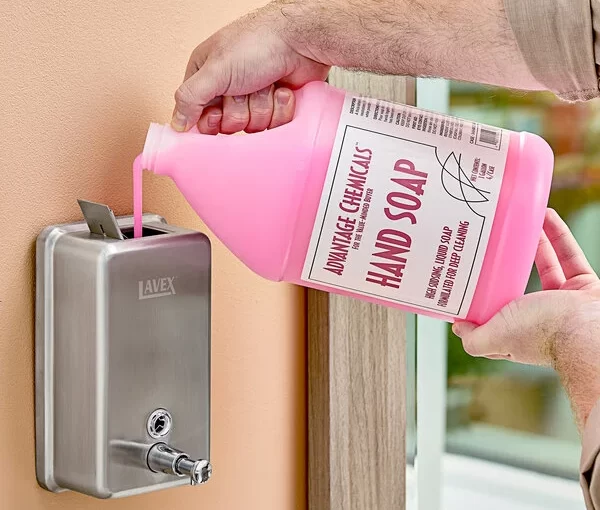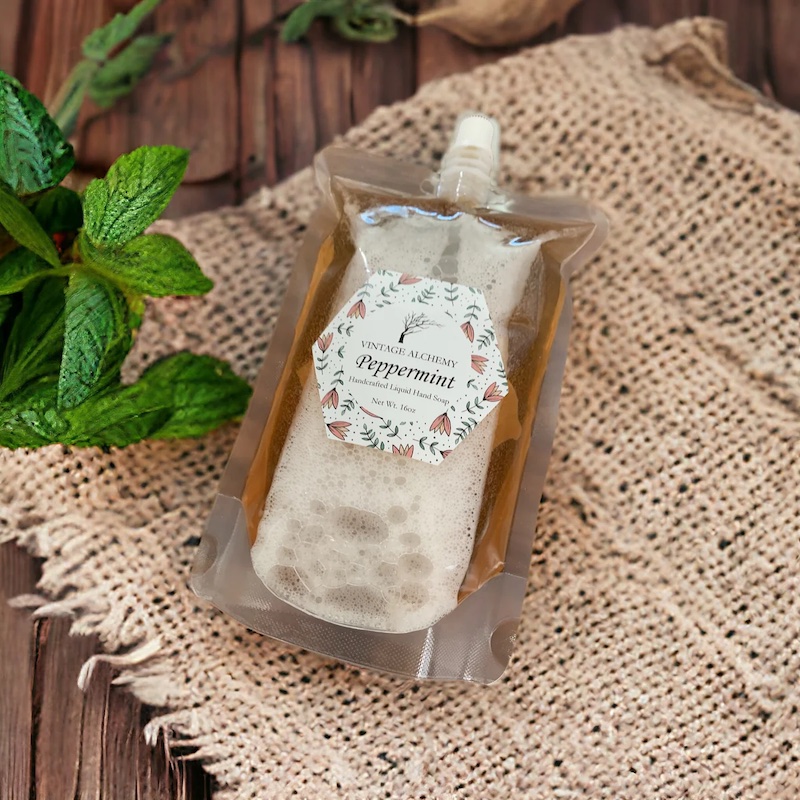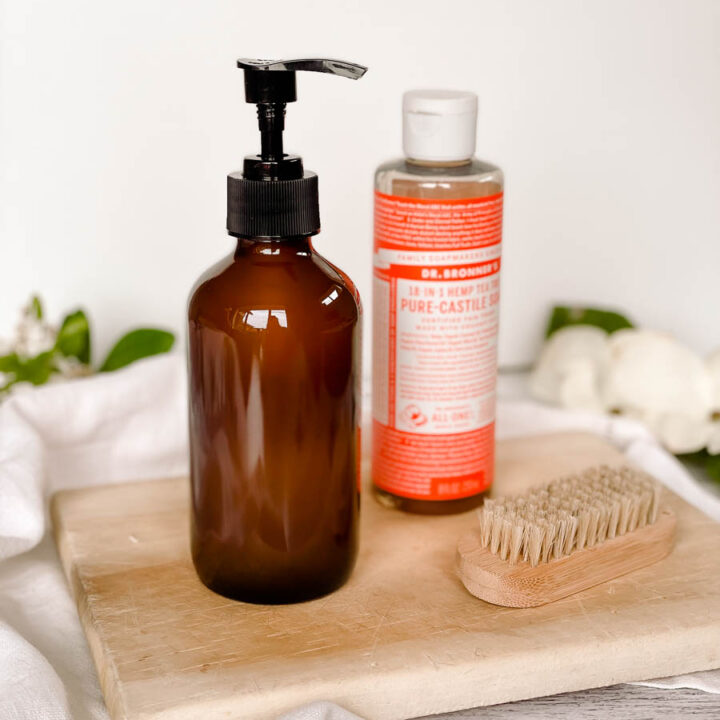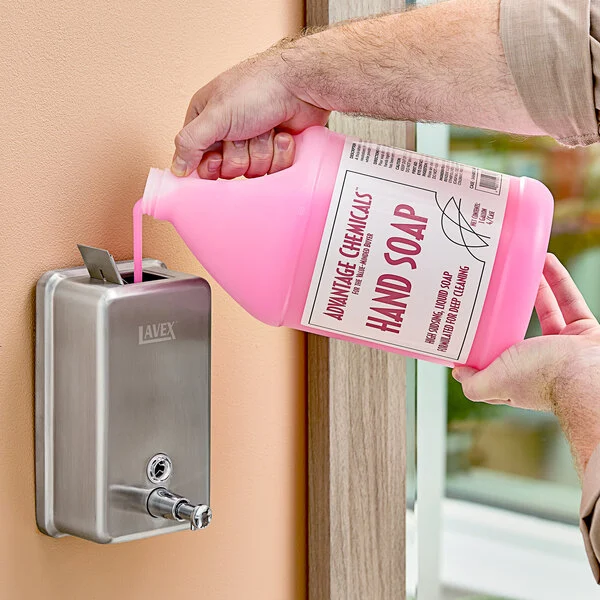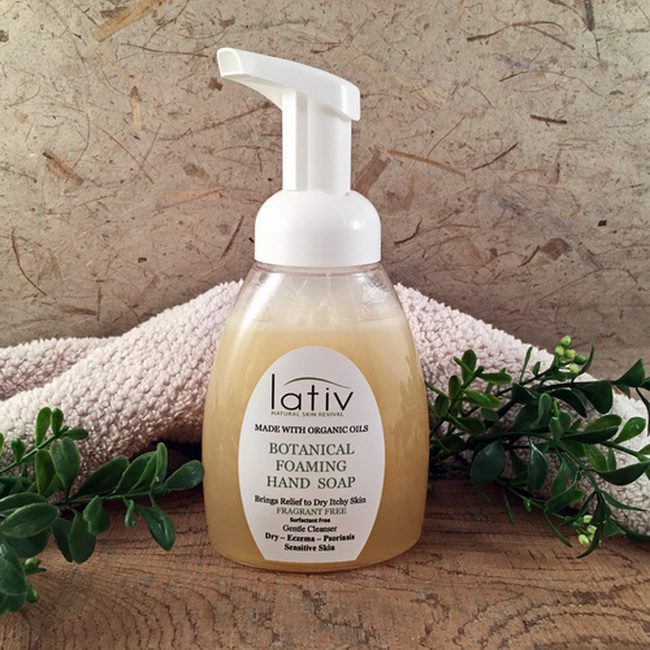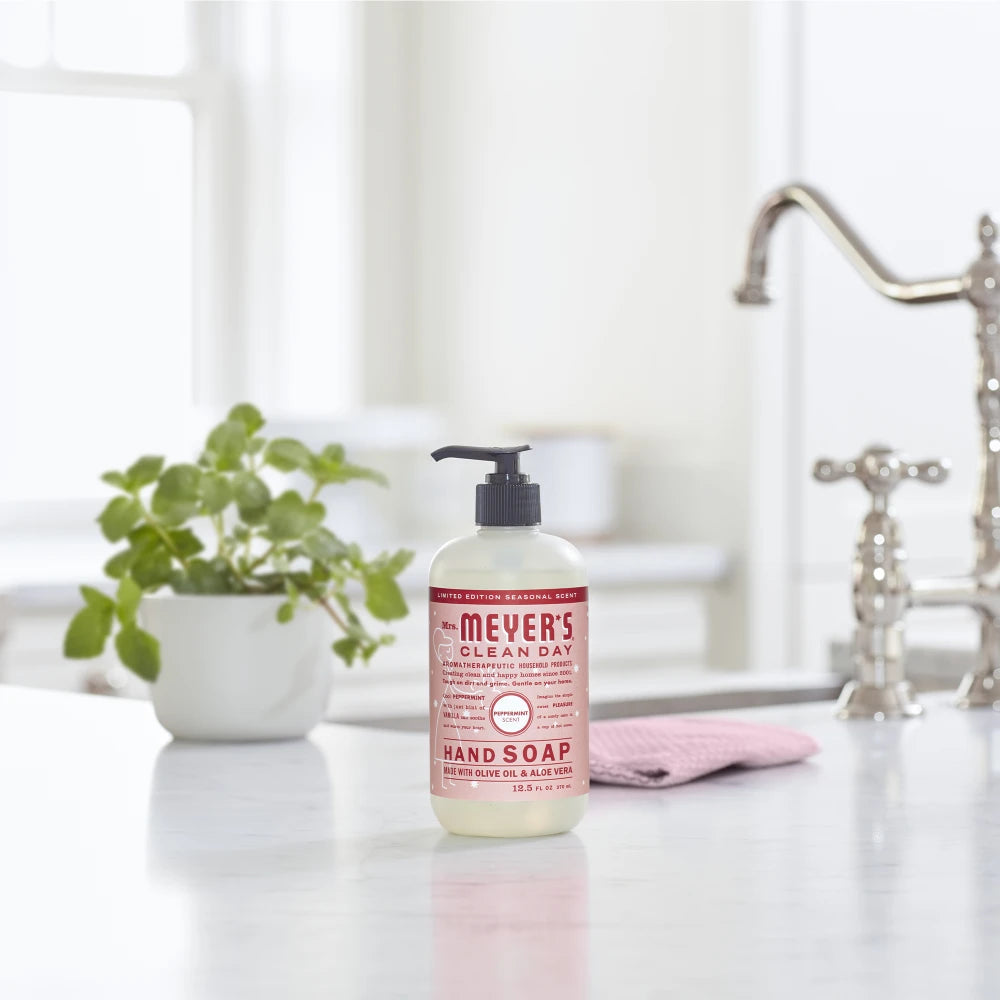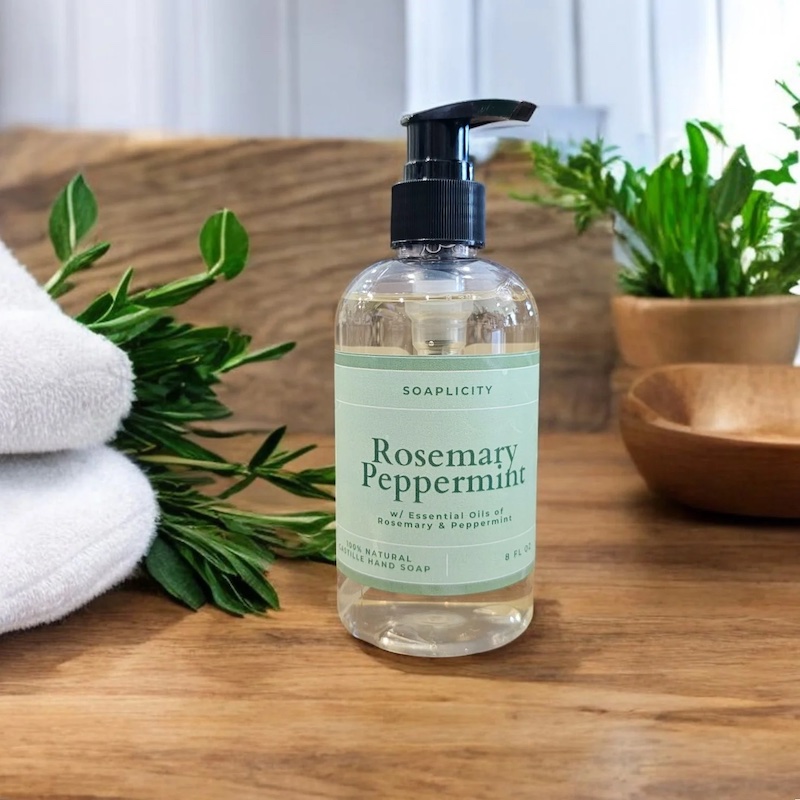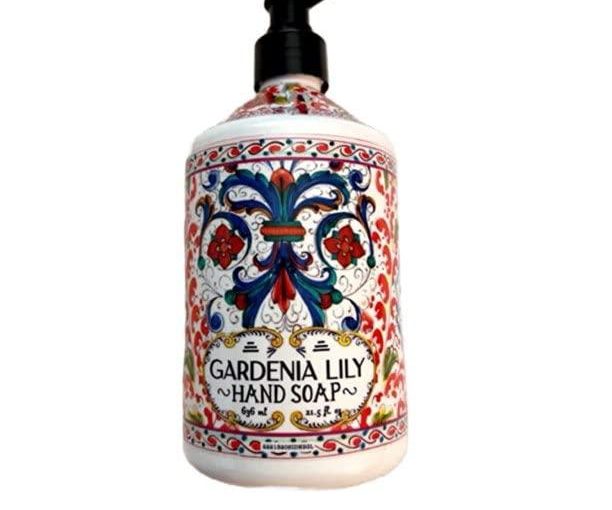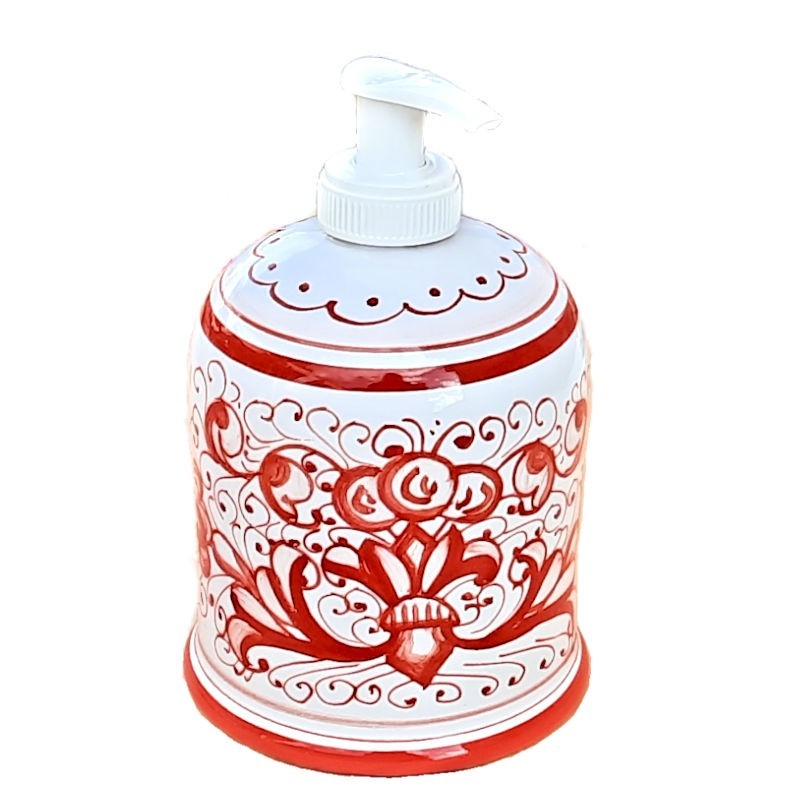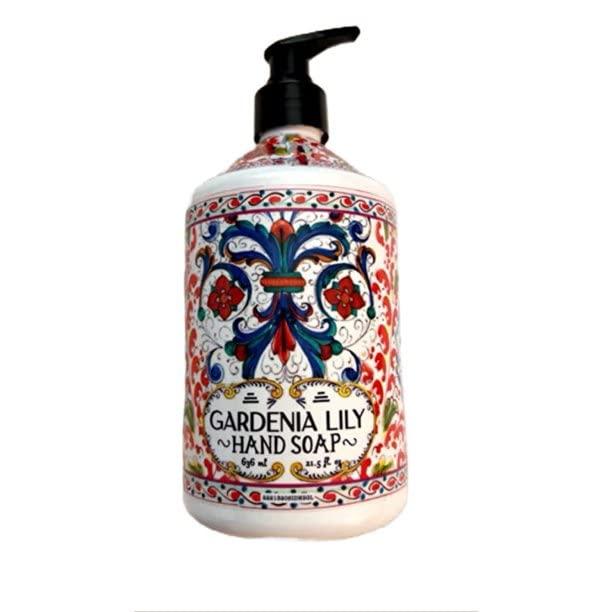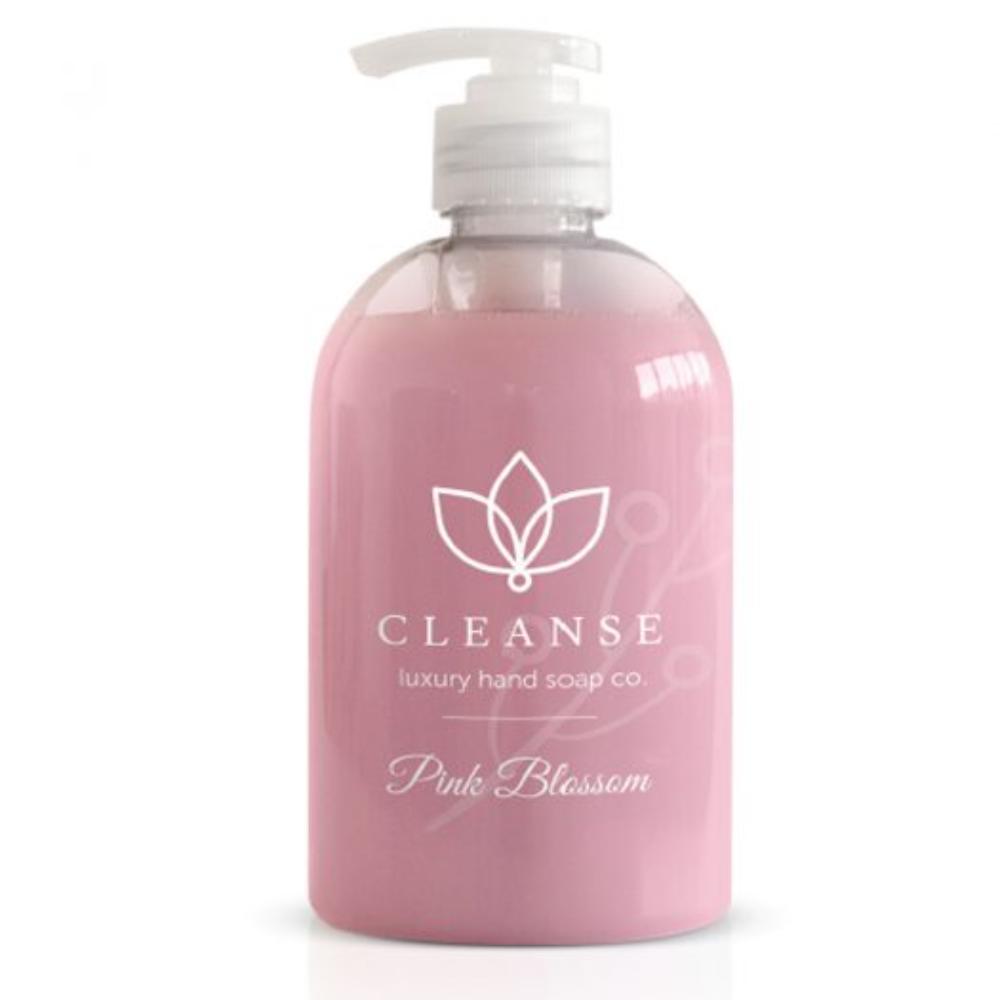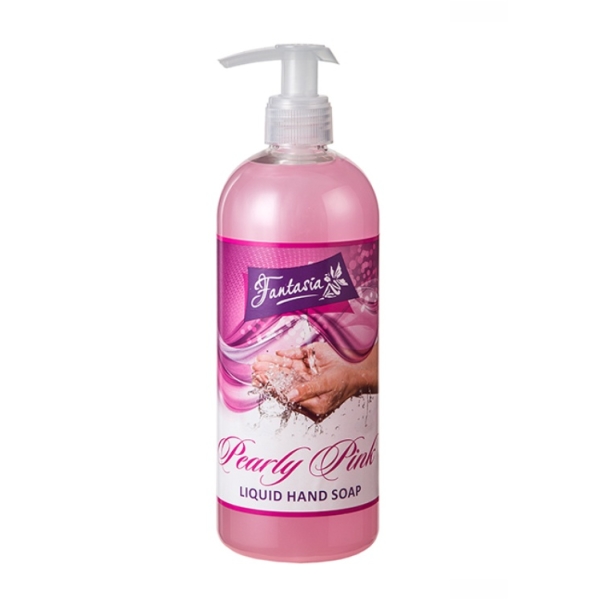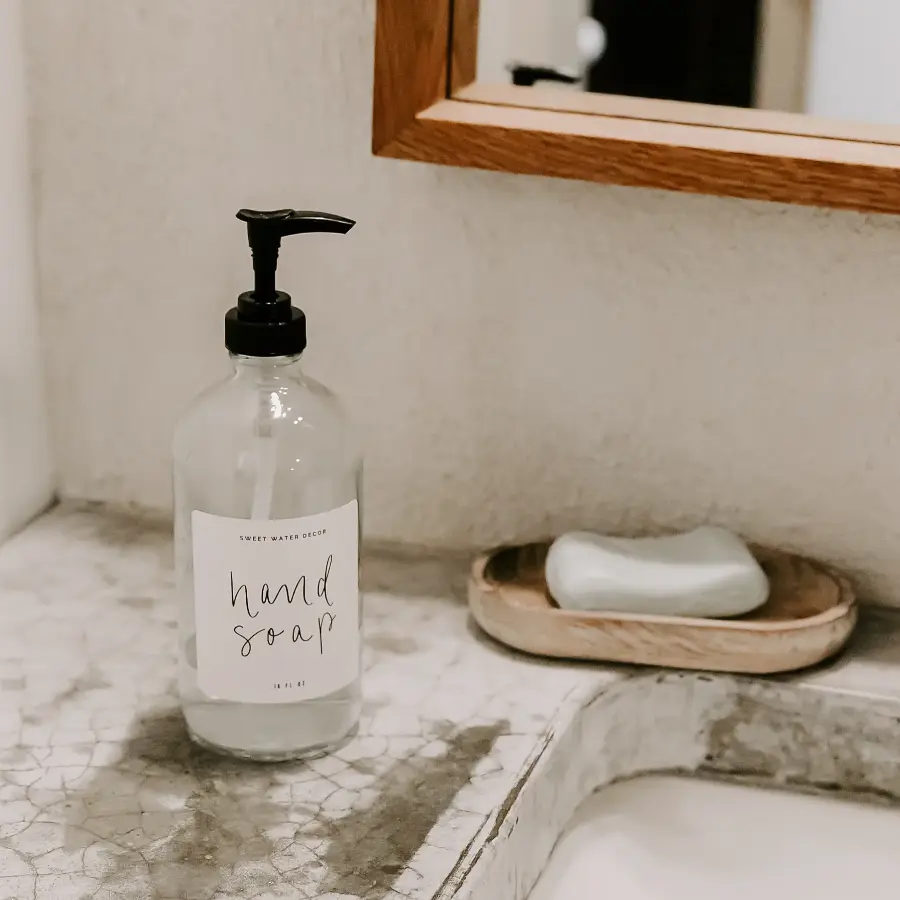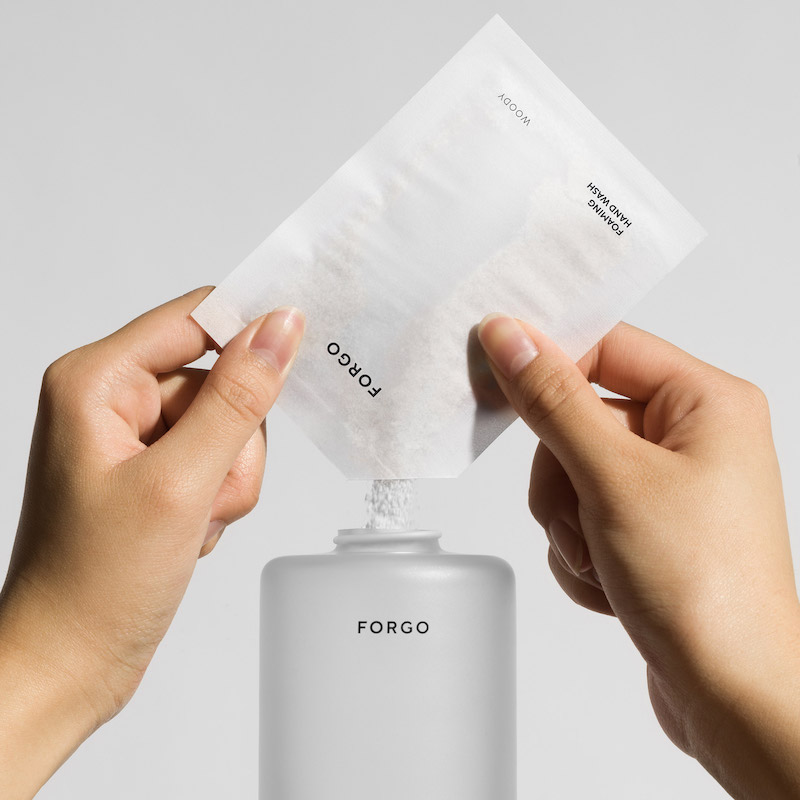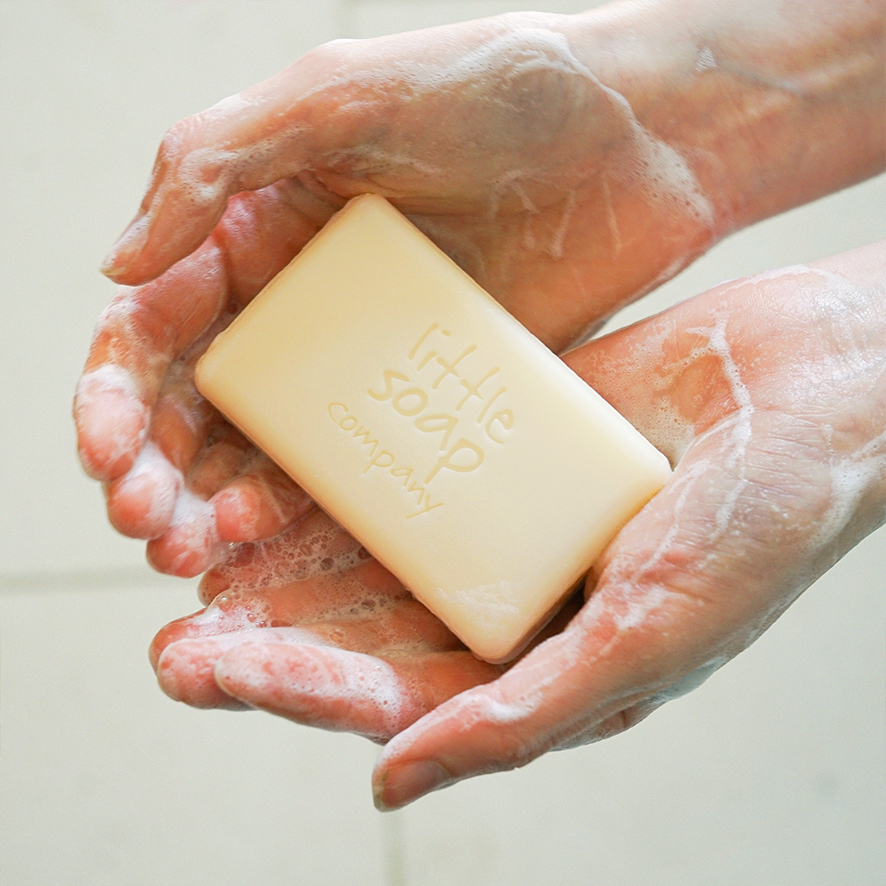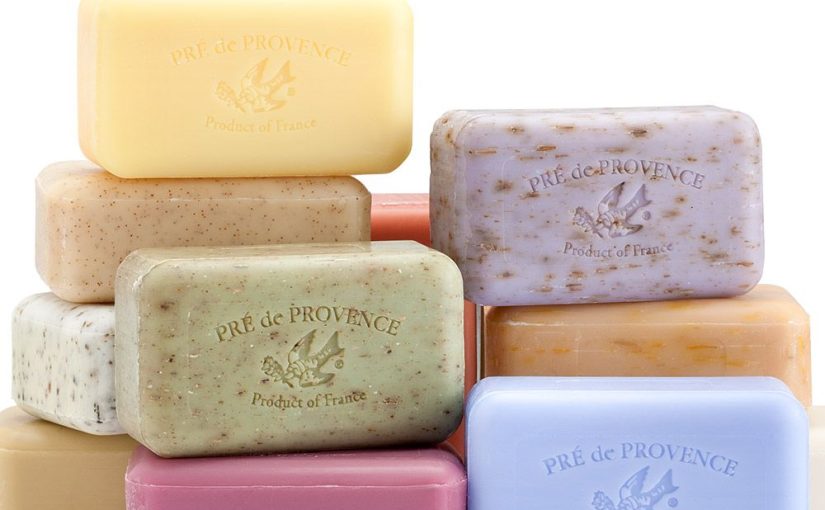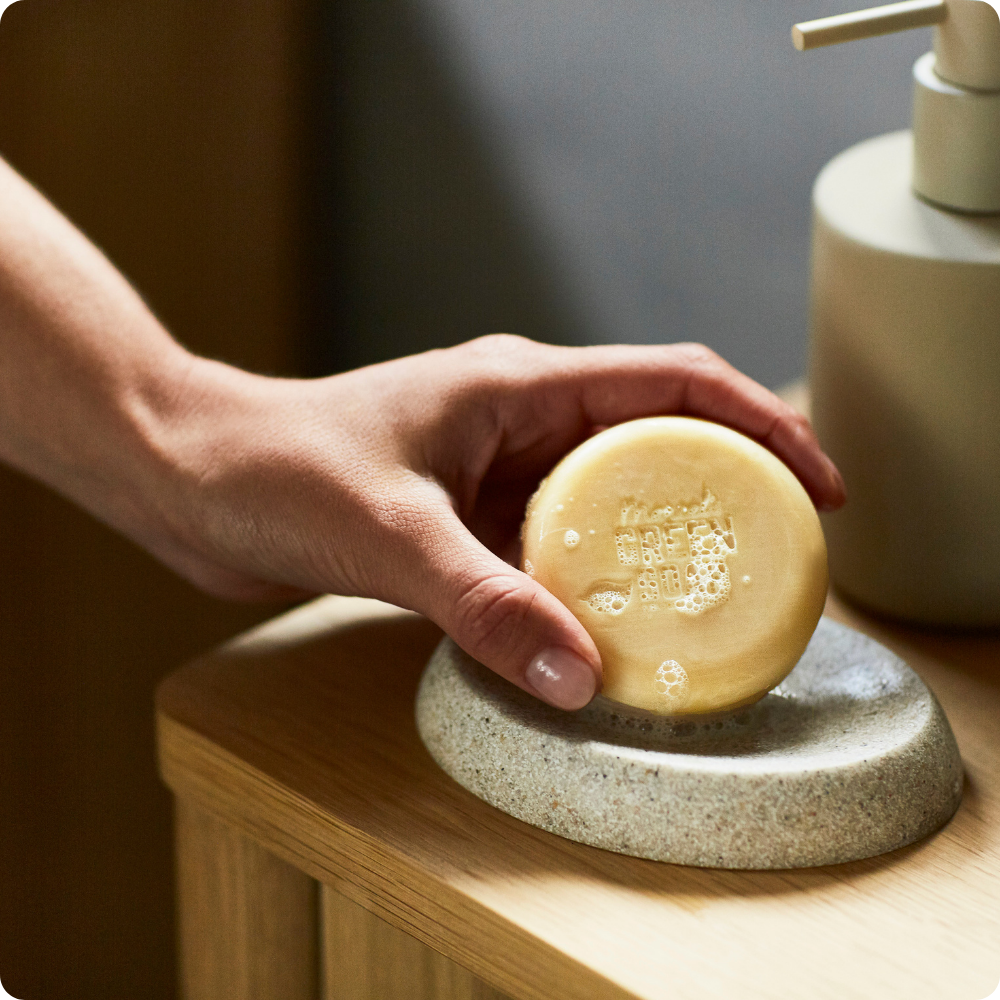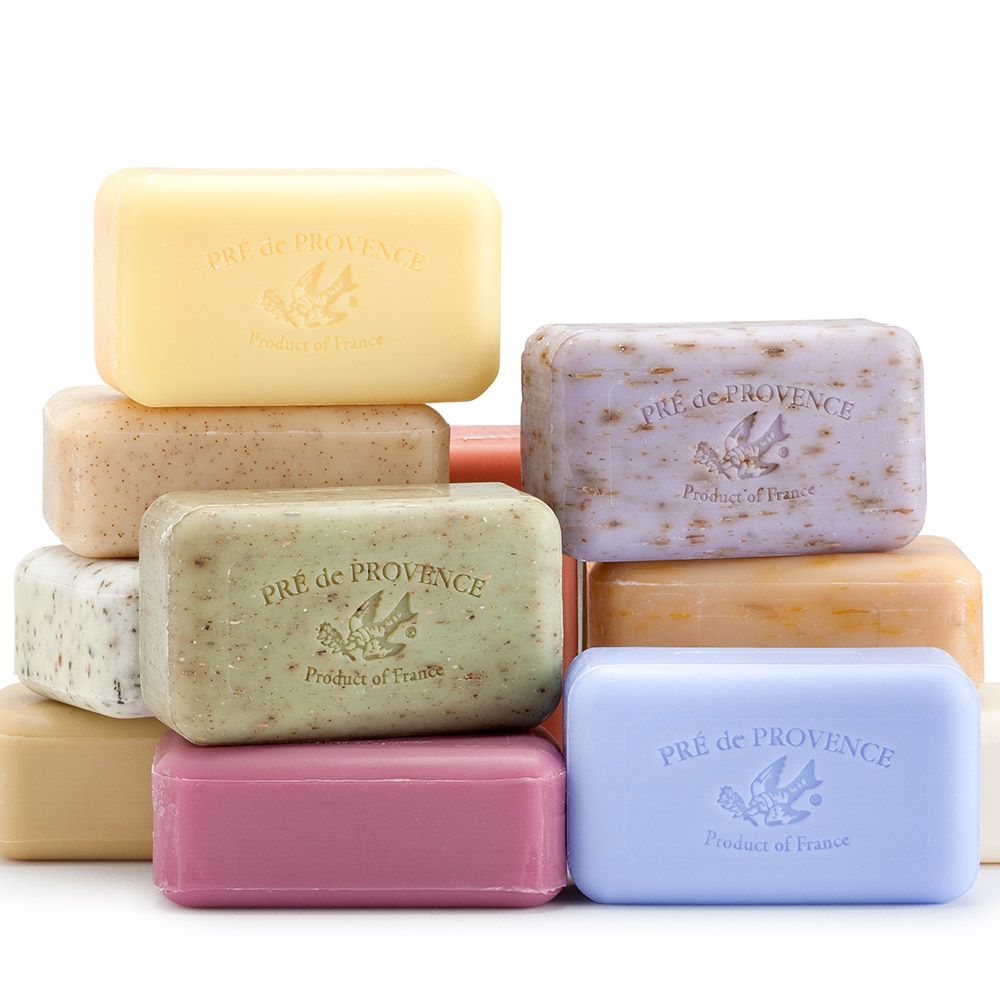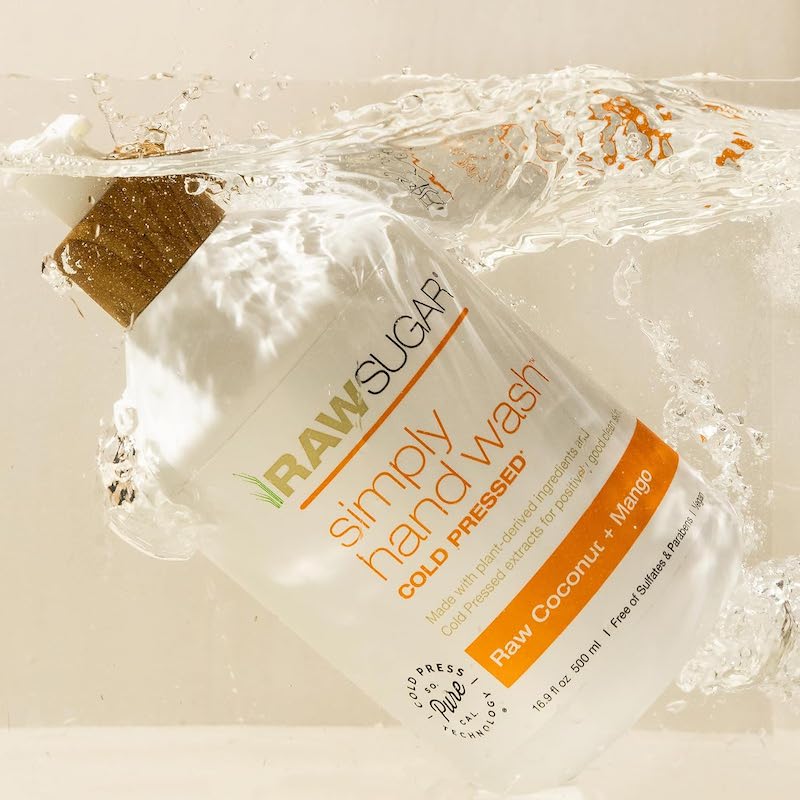Introduction to DIY Liquid Hand Soap
Creating your own liquid hand soap at home is a rewarding experience. This eco-friendly alternative to store-bought products can be more gentle on the skin and is highly customizable. For those with a creative streak or an interest in natural living, learning how to make DIY liquid hand soap is an engaging project.
By making your own hand soap, you control the ingredients. You can choose natural and nourishing components that are better for your skin and the environment. Beyond health benefits, it can also be cost-effective in the long run. Once you have the basic supplies and knowledge, you can produce large batches that last for months.
The journey of creating DIY liquid hand soap begins with understanding the essential ingredients and their roles. These typically include a base such as castile soap or glycerin, water, oils for moisturizing, and scents for a pleasant fragrance. As you advance in your soap-making journey, you can explore various additives that enhance the soap’s properties or aesthetics.
Making homemade liquid soap isn’t just practical. It allows you to tap into your creativity by selecting scents, colors, and textures that appeal to you. Whether it’s creating a soap that has a calming lavender fragrance or an invigorating citrus blend, the possibilities are endless. Moreover, DIY liquid hand soap makes an excellent gift for friends and family, customized to their favorite scents and colors.
Follow the steps outlined in this guide to create your own batch of natural, gentle soap. Along with the detailed process, you’ll find tips for customization, storage, and troubleshooting. You’ll also learn about the environmentally-friendly practices that make your DIY liquid hand soap an even more sustainable choice.
Benefits of Homemade Hand Soap
Homemade hand soap has several advantages over its store-bought counterparts.
Healthier for Your Skin
DIY liquid hand soap allows for the selection of gentle, skin-friendly ingredients. Unlike commercial soaps, you can avoid harsh chemicals that may cause irritation or dryness. Using natural elements like essential oils and glycerin can nourish and moisturize the skin.
Customizable Fragrances and Ingredients
Creating your own hand soap means you can tailor it to specific preferences. Choose scents that relax, invigorate, or simply please your senses. You’re also free to experiment with components that benefit your skin type.
Eco-Friendly and Waste-Reducing
Homemade soap supports eco-conscious living. By making diy liquid hand soap, you reduce plastic packaging waste. Additionally, you can source ingredients ethically, minimizing your environmental footprint.
Cost-Effective in the Long Run
While there may be an initial investment in supplies, making hand soap at home is cost-effective over time. Bulk ingredients can create numerous batches, saving money typically spent on packaged products.
Fun and Creative Activity
The process of making hand soap can be a fun, creative outlet. It offers a chance to experiment with recipes and turn simple hand washing into a more enjoyable experience. Plus, it’s an activity that can be shared with friends and family or used to make thoughtful, personalized gifts.
By considering these benefits, it is clear that homemade hand soap offers more than just cleanliness. It can enhance your skincare routine, support the environment, and provide a satisfying hobby. Embedding the use of DIY liquid hand soap into your daily life can have several positive outcomes.
Essential Ingredients for Liquid Hand Soap
To create diy liquid hand soap, you’ll need a few key ingredients. These components come together to form a gentle, effective soap.
Base Ingredient
The base of your hand soap should be a mild soap. Castile soap is a popular choice because it’s plant-based and biodegradable.
Moisturizing Element
Glycerin or oils like coconut, olive, or almond help keep your skin hydrated. They prevent the soap from drying out your hands.
Lathering Agent
To get that satisfying foam, include an ingredient like coconut oil. It helps produce a rich lather without harsh chemicals.
Scents for Aroma
Essential oils provide fragrance and therapeutic benefits. Lavender for relaxation or citrus for an energy boost are excellent options.
Water for Dilution
Distilled water is preferred to dissolve the ingredients properly. It also aids in creating the right consistency for your soap.
Natural Thickeners
If you prefer a thicker soap, natural thickeners can help. Xanthan gum or guar gum are good choices that are also gentle on the skin.
By gathering these ingredients, you are ready to begin the soap-making process. Remember to choose quality components for the best results for your skin and the environment.
Step-by-Step Soap Making Process
Now that you’ve gathered your ingredients, it’s time to dive into the soap-making process. Here’s a simple, step-by-step guide to creating your own diy liquid hand soap at home.
Gather Your Supplies
Start by arranging all your ingredients and tools. You’ll need castile soap as your base, distilled water, glycerin or oils for moisture, essential oils for scent, and if desired, a natural thickener. Also, prepare a large bowl, a measuring cup, a spoon or whisk for stirring, and a soap dispenser or jars for storage.
Mix Soap Base with Water
In the bowl, mix equal parts of castile soap and distilled water. Stir gently to avoid creating too many bubbles. The purpose here is to dilute the soap base to a workable consistency.
Add Moisturizing Elements
Now, stir in your chosen moisturizer, like glycerin or oil. Start with a small amount; you can always add more if needed. This step ensures your hand soap will keep your skin soft and hydrated.
Blend in Essential Oils
The next step is to add essential oils for fragrance. Add a few drops at a time and keep stirring. This is where you customize the scent according to your preference.
Incorporate Natural Thickeners
If you prefer a thicker consistency, slowly sprinkle in your natural thickener while stirring. Be patient; it can take a moment for thickeners to fully integrate and for the soap to thicken.
Transfer to Containers
Once the soap reaches the desired consistency and scent, pour it into your clean dispensers or jars. Use a funnel if necessary to avoid spills. Label them if you’re using various scents.
Let It Settle
Allow your soap to sit for at least a few hours, preferably overnight. This resting period lets the soap thicken naturally and allows the scents to blend well.
Test and Adjust
After the settling period, test your soap. If it’s too thick, add a bit more distilled water and mix. If the scent is not strong enough, add a few more drops of essential oil. Adjust until you’re happy with the product.
By following these steps, you’ll create a natural and customized hand soap that’s kind to your skin and the environment. Don’t be afraid to experiment with different scents and ingredients to find what works best for you.
Customizing Your Liquid Soap: Scents and Additives
After mastering the basics of DIY liquid hand soap, you can get creative with customization. This is where you can truly make your soap unique and tailored to your preferences or the needs of those you’re gifting it to.
Choose Your Favorite Scents
Select essential oils that you love. Lavender and citrus are popular because they smell great and offer therapeutic properties. Start with a few drops, then adjust based on how strong you want the aroma to be.
Explore Beneficial Additives
You can enrich your soap with ingredients that have added benefits. For example, add aloe vera for extra moisturizing properties, or tea tree oil for its antibacterial qualities. Remember, a little goes a long way with these powerful ingredients.
Add Color with Natural Dyes
For a visually appealing soap, consider using natural dyes. You can use spices like turmeric for a warm yellow, or beetroot powder for a soft pink hue. These can give a subtle color and add to the soap’s visual charm.
Incorporate Exfoliants for Texture
If you like a soap with some texture, try adding natural exfoliants. Ground oatmeal or coffee can provide a gentle scrub. They help remove dead skin cells and boost circulation.
By customizing your soap with different scents and additives, you create a product that’s not only functional but also a pleasure to use daily. Have fun with this part of the process, and don’t be afraid to try out different combinations to find your perfect blend.
Tips for Storing and Using Homemade Hand Soap
After crafting your own diy liquid hand soap, proper storage is key to maintain its quality. Here are some tips to help ensure your soap stays fresh and effective:
Choose the Right Containers
Select a container that seals tightly to keep out contaminants. Soap dispensers with a pump are practical and easy to use. For bulk storage, use glass jars with lids.
Keep It Cool and Dry
Store your soap in a cool, dry place away from direct sunlight. Heat and moisture can affect the soap’s consistency and fragrance.
Use within a Reasonable Time Frame
Homemade hand soap is best used within a few months. Without preservatives, the natural ingredients can break down over time.
Label with Date and Ingredients
Keep track of when you made your soap and what’s in it. Label each container with the production date and the ingredients used.
Regular Dispenser Cleaning
Wash and dry your soap dispensers regularly. This helps prevent bacteria buildup and keeps your hand soap fresh.
By following these simple storage tips, you can enjoy your diy liquid hand soap for longer. Now let’s cover how to use your soap efficiently.
Pump Sparingly
One pump is usually enough to clean your hands well. Using too much soap each time can lead to faster depletion of your supply.
Wet Hands First
Always moisten your hands before applying soap. This helps create a better lather and spreads the soap more easily.
Lather Thoroughly
Rub your hands together to work up a good lather. Be sure to clean between your fingers and under your nails.
Rinse Well
After washing, rinse your hands thoroughly under running water. This removes all soap residues and keeps your skin free from irritation.
By storing and using your homemade hand soap effectively, you maximize its benefits while ensuring longevity.
Troubleshooting Common DIY Soap-Making Issues
Even seasoned soap makers can encounter issues when crafting their own diy liquid hand soap. Being aware of the common problems and knowing how to fix them is a crucial part of the DIY process. Here’s how you can troubleshoot some typical issues.
Soap Is Too Watery
If your soap mixture is too runny, it might need more time to set. Give it a few more hours. If it’s still watery, try adding a natural thickener like xanthan gum.
Soap Doesn’t Lather Well
A lack of foam can be due to insufficient lathering agents. Add a bit more coconut oil or castile soap to the mix, and ensure you’re not adding too much water.
Soap Is Too Thick
When your soap is thicker than desired, dilute it with distilled water. Add water in small increments until you reach the right consistency.
Fragrance Is Too Weak
For a stronger scent, incorporate a few extra drops of essential oils. Do this gradually to avoid overpowering your soap.
Ingredients Are Separating
Separation occurs when the ingredients aren’t fully blended. Try mixing them again thoroughly. A hand blender can help achieve a more consistent mixture.
Soap Is Irritating to Skin
If your soap is irritating, you may have used too much of a certain ingredient. Dilute the soap more, or consider using fewer drops of essential oils.
Addressing these issues will help ensure your diy liquid hand soap is just as enjoyable to use as it is beneficial.
Environmentally-Friendly Practices in Soap Making
When crafting diy liquid hand soap, it’s important to also consider its impact on the environment. Here are some practices to make your soap making more sustainable:
Select Biodegradable Ingredients
Choose ingredients that break down naturally. Castile soap, for instance, is plant-based and won’t harm aquatic life.
Opt for Organic and Locally-Sourced Materials
Using organic ingredients avoids pesticides that can damage ecosystems. Buying local reduces carbon footprint from transportation.
Minimize Use of Plastic
Avoid plastic containers when storing or mixing your soap. Glass or metal are better, long-lasting options.
Choose Ethical Suppliers
Support companies with responsible sourcing practices. This helps to ensure that your ingredients don’t contribute to harmful exploitation.
Use Measured Amounts to Limit Waste
Be precise with measurements to prevent excess. Excessive use of essentials oils and other materials can be wasteful.
Reuse and Recycle Containers
Reuse bottles and jars for your soap. Repurposing them cuts down on waste and need for new plastics.
Educate Others on Sustainable Practices
Share your knowledge of eco-friendly soap making. Teaching others can amplify the benefits to the environment.
By incorporating these practices, you enhance diy liquid hand soap’s positive impact. Every step you take contributes to a healthier planet. Keep these tips in mind each time you make a batch of soap.
